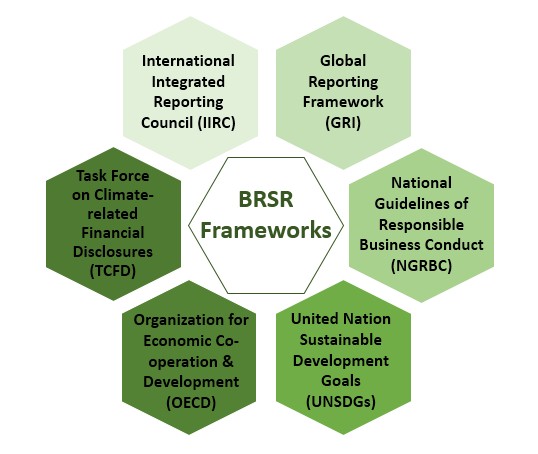“Turning ESG Ideology into a Reality”
“Turning ESG Ideology into a Reality”


In common parlance, ESG stands for Environmental, Social and Governance issues. It represents risks and opportunities that will impact a company’s ability to create long-term value. This includes:
ESG reporting is all about disclosing information covering an organization’s operations and risks in three areas: environmental stewardship, social responsibility, and corporate governance.
On 10th May 2021, the Securities and Exchange Board of India (SEBI) introduced a new face of ESG reporting in a format called the Business Responsibility and Sustainability Report (BRSR). Compliance with BRSR regulations and reporting is mandatory for the top-1000 listed firms beginning in FY 22-23.
BRSR is a disclosure of adoption of sustainable reporting by the above-mentioned entities to include it in their Annual Report. The basic tenets of reporting are driven by the following considerations:

BRSR Frameworks

“The Business Responsibility and Sustainability Reporting (BRSR) Core is a subset of the wider BRSR framework. It consists of a particular set of measures or Key Performance Indicators (KPIs) grouped under nine ESG (Environmental, Social, and Governance) attributes. These KPIs have been included for assurance purposes to make it more applicable to the Indian and emerging markets, such as job creation in small towns, business transparency, and gross wages paid to women. The framework also gives intensity ratios based on revenue adjusted for Purchasing Power Parity (PPP) to enhance global comparability.”
ESG Value Consultant Pvt. Ltd. © 2024 – All rights reserved. Website Designed by Global Technology.